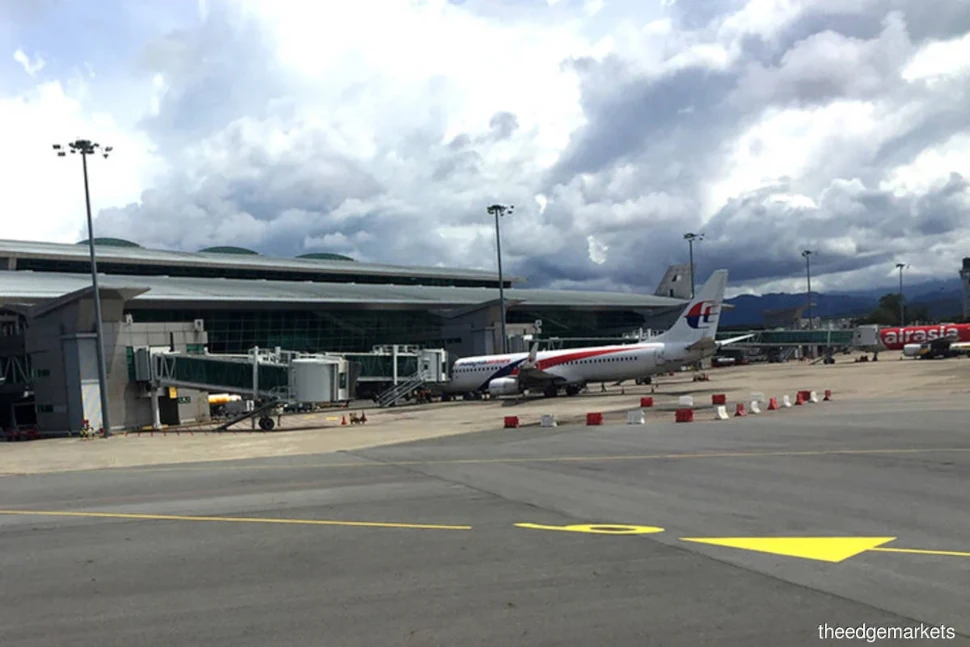22 January 2015
The final design of the klia2 airport factored in bigger room for growth as well as runway efficiency which will allow Malaysia Airports Holdings Bhd (MAHB) to cater to future expansion plans, according to managing director Datuk Badlisham Ghazali.

He noted that it would be possible to build a fourth runway. “The move allowed us to tell airlines, both existing and in the future, that when you come here, you have opportunity for a faster turnaround time and lower costs,” he told a press briefing here yesterday.
Badlisham stressed that the klia2 design would contribute to the KL Aeropolis master plan, with KLIA and klia2 forming the hub of the airport city which will include a commercial business zone, recreational and institutional zone, agro-tourism and theme parks.
Badlisham also apologised on behalf of MAHB, saying that its representatives had perhaps not made it clear to the Public Accounts Committee (PAC) that the klia2 project had followed the 2008 National Airport Master Plan and not the original 1992 KLIA Master Plan.
Last November, the PAC slammed MAHB for not following its original concept as a replacement for the Low Cost Carrier Terminal, adding that the klia2 had ended up being a “hybrid concept terminal” following unexpected cost increases and upgrades.
He said that MAHB had participated in two of the four sessions and said that they had shown slides of the 2008 master plan and explained the decisions behind the project changes. “I can’t comment because I wasn’t there. If I had any one comment, it was perhaps that MAHB should have officially handed over a copy of the master plan. Maybe it’s on us that we were not very clear on that portion, but I want to clarify that the project was based on this and not on the 1992 master plan as reported,” he said.
On the issue of klia2’s project cost, which had escalated from an initial RM2bil to RM4bil, Badlisham said that the RM2bil proposed in 2009 had been for earlier design factors including a smaller terminal, smaller scale of earthworks and shorter public approach roads.
Some of the changes include 68 gates and 80 aerobridges from 49 gates and no aerobridges, and an air traffic control tower (RM55mil with RM115mil equipment) from an apron control tower (RM9mil with RM30mil equipment). The various changes represented a 60% to 360% increase in scope, he said, adding that these changes also occurred between March 2009 to 2013 in response to requirements from the Government, regulators and airlines.
“The increase in scope is huge. Obviously there were price changes. Our total construction package moved to 51 packages from 30 packages to tender out,” he said.
He added that MAHB’s board, which included representatives from the Transport Ministry and Finance Ministry, had been fully appraised of all the changes and approved them, while constant updates were also provided to the Transport Ministry.
Badlisham added that MAHB had also known all along that the project was being constructed on soft ground, noting that the 2008 master plan said that the klia2 site was “optimal” as it had the highest score in flexibility and efficiency in terms of development and land use.
He said MAHB had presented its short-term and mid-term plans on how to treat the land to the Transport Ministry, as well as employed a third-party geo-technic consultant to monitor and analyse results from its sensors to monitor soil movement there.
In addition, he said that MAHB had also presented these plans to the five-man independent audit commitee formed by the ministry to investigate the sinking and ponding issues there. “We want to give assurance that we are constantly monitoring and treating the land if there is a need. I want to provide as much confidence and clarity about the issues surrounding klia2 as much as I can,” he said.
Source: thestar.com.my
Site Search
Did you find what you are looking for? Try out the enhanced Google Search: